
What are the different types of loose-leaf tea available for purchase?
This article explains the different types of loos-leaf tea available for purchase and their health benefits.
Ever wondered if you are using the right ways to make loose leaf tea? If the answer is ” Yes”, then finish reading this article as we will give you the ultimate tea brewing guide presented at our Tea Tasting Event in Birmingham in 2019.
First of all, don’t freak out; tea making is not rocket science. On the contrary, it is a straightforward and enjoyable process. You only need to get three things right, then a perfect cup of tea will be ready for you. Read it through because we will give you an in-depth inside of tea brewing techniques. There are three factors to create your tea drinking experience, which are water, tea and teaware you use.
Many regions in the UK have hard water. In these places, the tea liquor tends to be very clear and has a very bland flavour. When the water contains a high level of minerals, the water cannot extract all the tea flavour, colour and fragrance. Therefore, tea experts suggested avoiding hard water for tea brewing whenever possible. When there is no other option, we recommend using boiled, filtered water and leaving it to rest for a few minutes to allow the minerals to plunge. In this way, many of the components that make the water hard can be eliminated or reduced in quantity, thus improving the tea infusion.
I have heard people saying that the water must not reach its boiling point to make tea because if it does, we will lose all the oxygen in the water, and the tea will be dull and flat. From our research, some scientists argued that there is a very insignificant difference between oxygen levels at 40°C and the boiling point. Whether the water is boiled or not, the most important thing is that when brewing tea, the water must be at the right temperature. If the water boils and is then left to cool until it reaches the right temperature, the tea will be better. If we repeatedly boil the same water and use it to make tea, the tea will not be tasty as the oxygen loses gradually every time we cook it. Besides, the oxygen level decreases as time is. Hence, avoiding using the water that has been left in a kettle for many days is also vital.
Nowadays, many kettles have a temperature setting function to choose the desired water temperature. What is the proper water temperature for tea infusion is always a myth. Most tea companies teach people to brew tea with tea types. However, as a premium tea seller, we would like our readers to know the in-depth background behind why the ways they are. To have the best result of the tea taste, we need to change the water temperature and brewing time according to tea shapes! Is it mind-blowing for you? Do not worry because this is the easiest way to distinguish the tea-making methods.
2.1 Rolled Bold Pellets Loose Leaf Tea
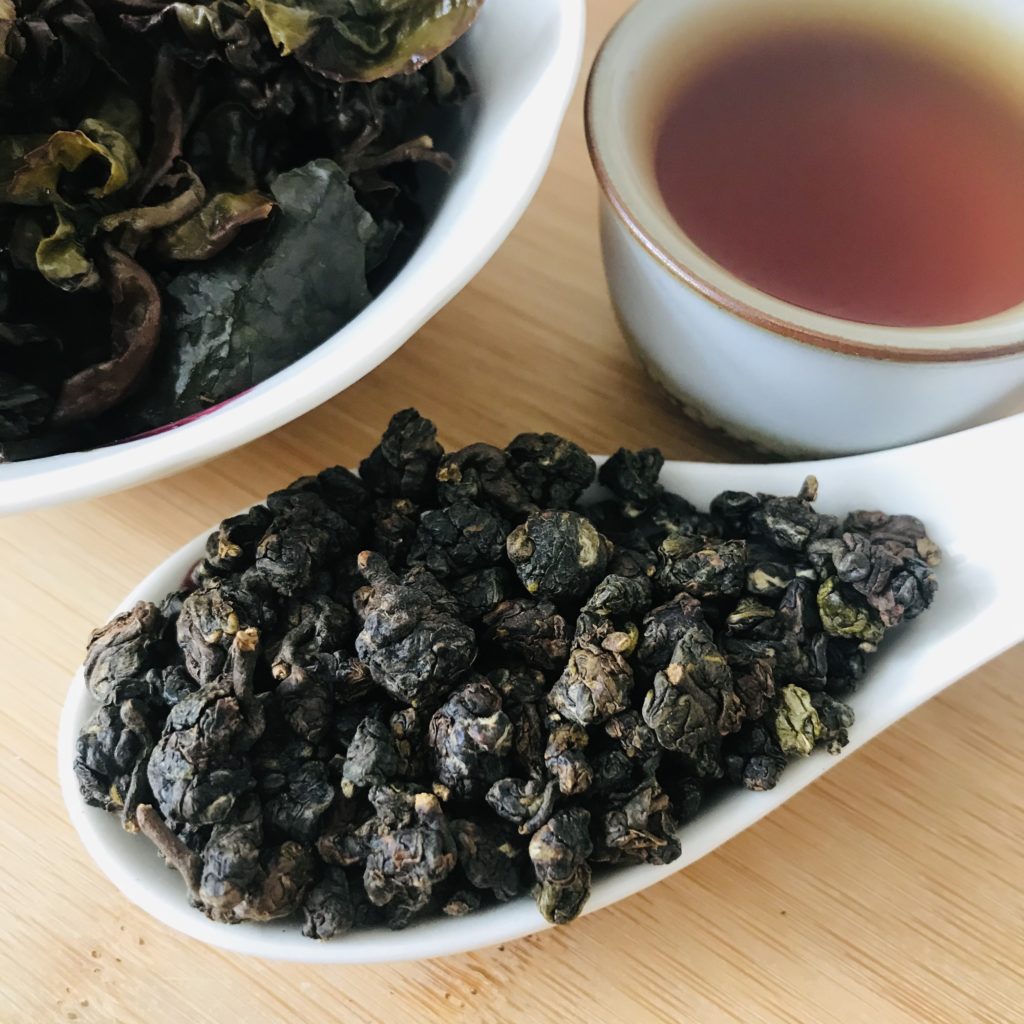

Many types of Oolong Tea is rolled into bold pellets to reserve the whole leaves and to protect them from damage as well as to retain more flavour. Shiny, tightly rolled pellets are a sign of good quality Oolong tea, indicating that the tea is relatively fresh. As the rolled bold pellet teas are more robust, they required a higher water temperature up to 90°C-95°C and at least 8 minutes for brewing. When the temperature is higher, it is easier to open the tea balls thus all of the tea leaves steep properly in the water. It also allows the water to extra more the flavours from the leaves.
2.2 Long Curly Buds Loose Leaf Tea

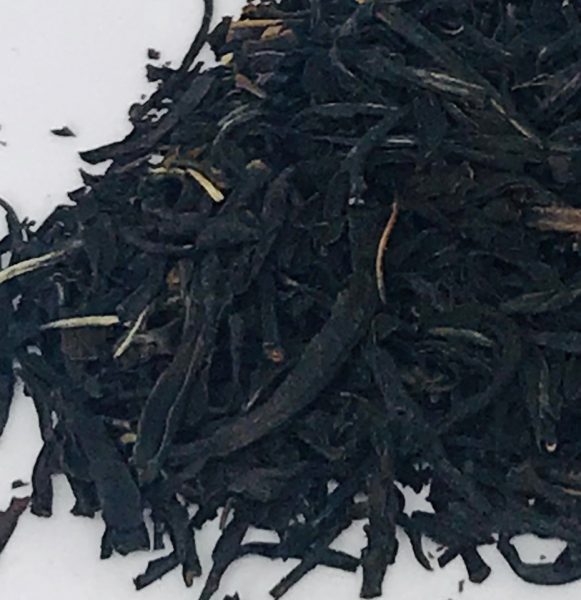
This type of loose leaf tea is more delegated hence needs to use 80-90 degrees of water to reserve long leaf’s buds flavour and at least 5 minutes for brewing. When the temperature is higher, it is easier to open the tea balls thus all of the tea leaves steep properly in the water. It also allows the water to extra more the flavours from the leaves.
3. How to Choose A Teaware for Tea?
To enjoy the excellent and subtle flavour of high-grade Oolong Tea, ceramic provides excellent balance, easy to maintain and offer excellent heat retention. Ceramic teapots and mugs are similar to porcelain teawares as they offer a stunning visual dimension to any tea party. They come in hundreds of different designs with unique shapes and feature hand-painted patterns.
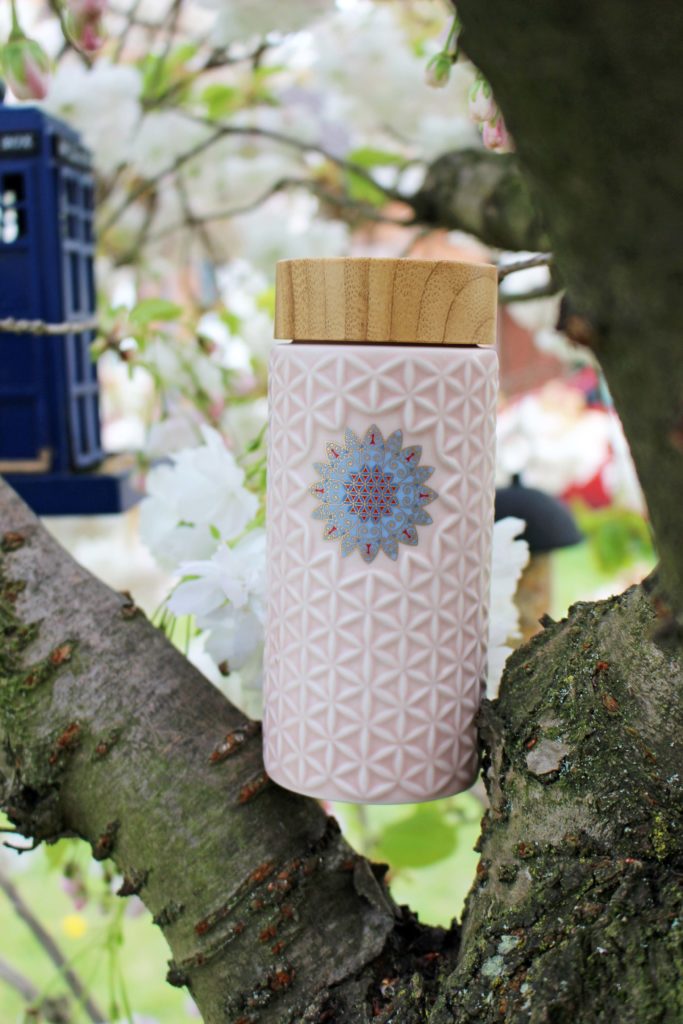
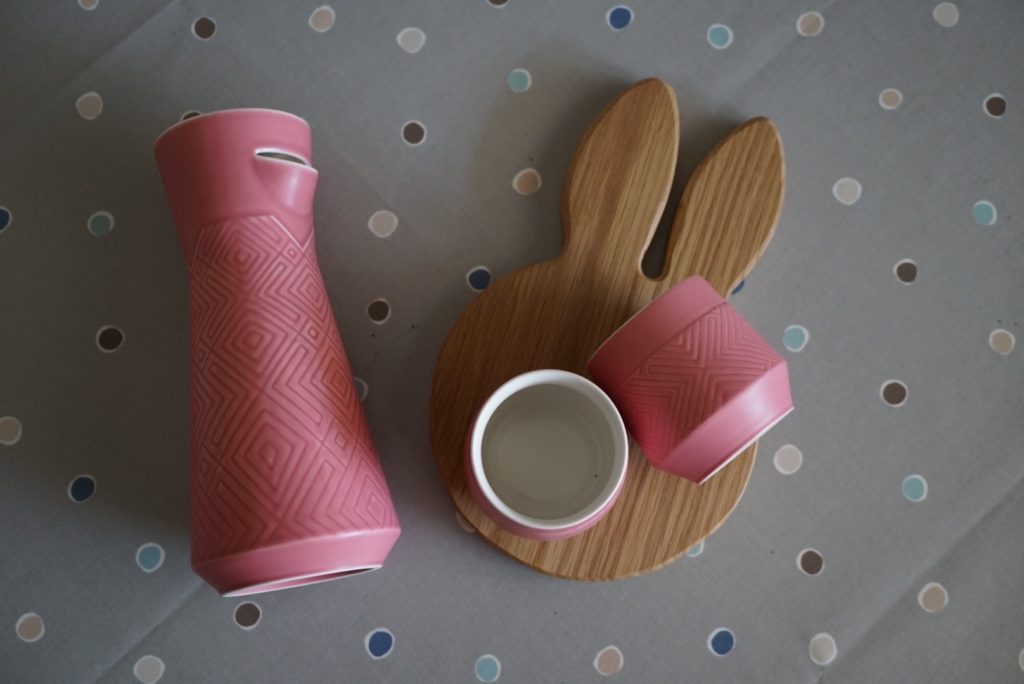
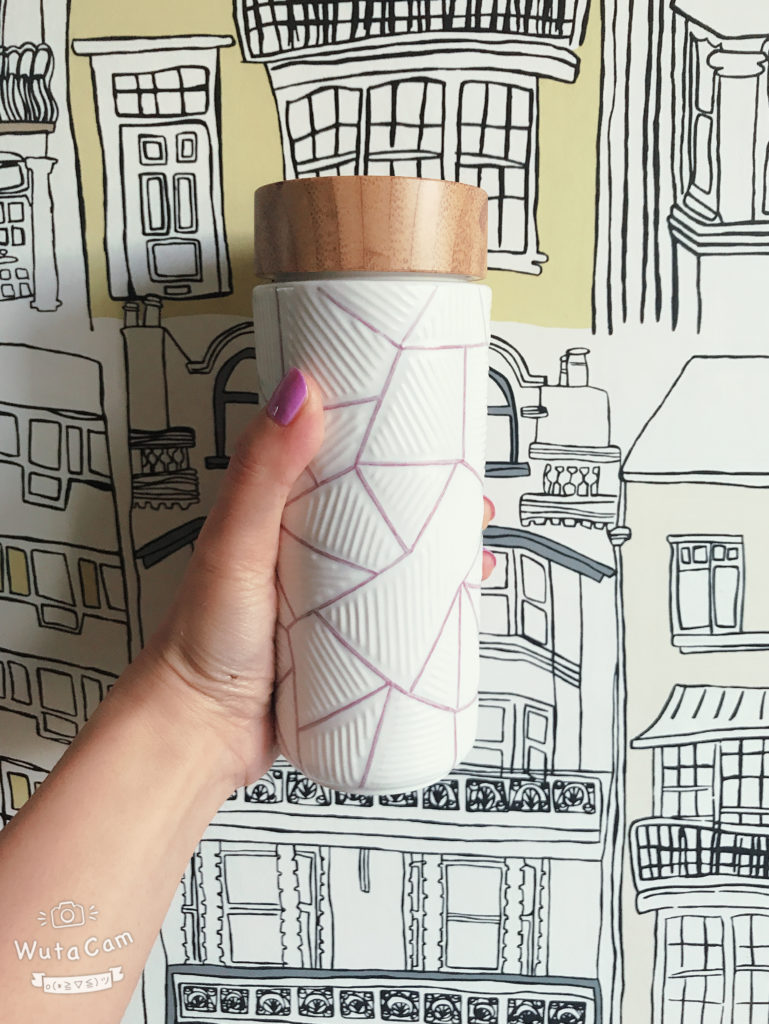
What’s more? Our unique tourmaline travel mug reproduces the far-infrared function as in nature. Tourmaline is the only mineral that carries a permanent electrical charge, continuously realising far infrared rays and negatively charged ions. It also breaks down large water molecule groups into subsets. This process provides for a more refined taste and improves the absorption of water into the human body. It is highly recommended for tea lovers to use a tourmaline tumbler for the best tea drinking experience.
Just like that! A perfect cuppa is ready for you!

This article explains the different types of loos-leaf tea available for purchase and their health benefits.
In China, the tea culture is traced back to 2,000
The Story About Oriental Beauty Tea Oriental Beauty Tea also
Help And Customer Service Centre
WV6 8TN
Copyright ©2021 Chiwan Bridge International Allright reserved